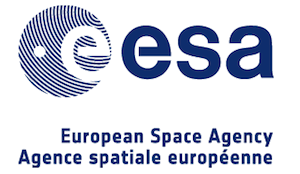The present invention relates to navigation systems that use pseudo-random noise (PRN) sequences as spreading codes, such as a satellite navigation system and/or a ground-based pseudolite system. One embodiment of the invention provides a receiver for use in a navigation system comprising multiple transmitters. Each transmitter transmits a positioning signal comprising a pseudo-random noise (PRN) sequence corresponding to the respective transmitter. The receiver comprises a code module for supplying multiple PRN sequences corresponding to the respective multiple transmitters; and a correlator for correlating the PRN sequences supplied by the code module with an incoming signal. The use of navigation system codes in aerospace systems present a mature level since 1996 but the growing applications in other sectors was over 2009. The application of PRN sequences had an interesting grow in the first 2000, especially in electronic systems field. But in this connection the present invention is considered a key in the use of PRN sequences as codes in navigation system.
Current PRN code generation approaches are either extremely complex or do not comply with the requirements set out the code length. The invention allows adjust the length leading to degradation in performance.
The advantages of this new code set compared to the current memory codes are:
- Better even correlation performance;
- Significantly less memory required at receiver level to store the PRN codes;
- Larger code family.
The invention allows costs saving because the possibility of self-development of PRN codes. No industrial contract would be required.
The PNR codes are sensitive to political choices.
The application of the invention could be any wireless system basing the signal transmission on Code Division Multiple Access (CDMA) and terrestrial communication.
Specifically, others applications of the technology could be the follows:
- Therapeutic applications in diagnosis, surgery and analysis of biological material;
- Navigation and radio navigation applications: measuring distances and gyroscopic instruments;
- Electric digital data processing: computers and optical systems;
- Traffic control system and radars, and
- Transmission of digital information and telegraphic communication.
Veronica La Regina







